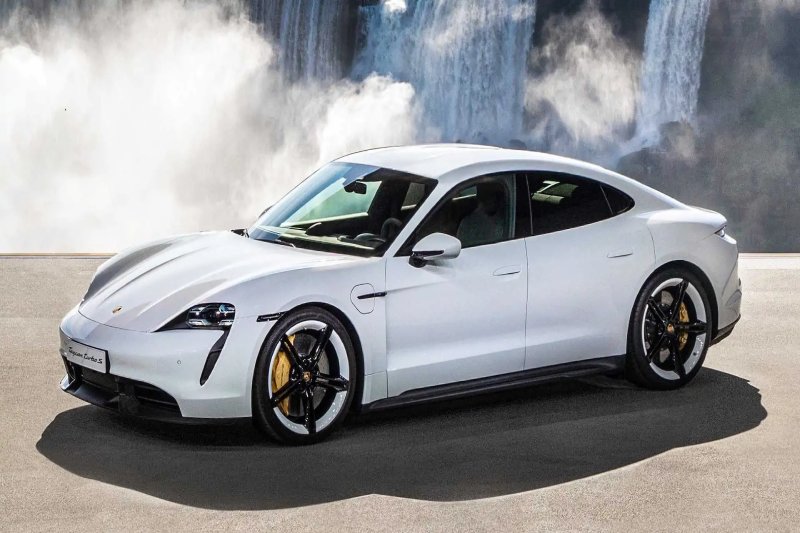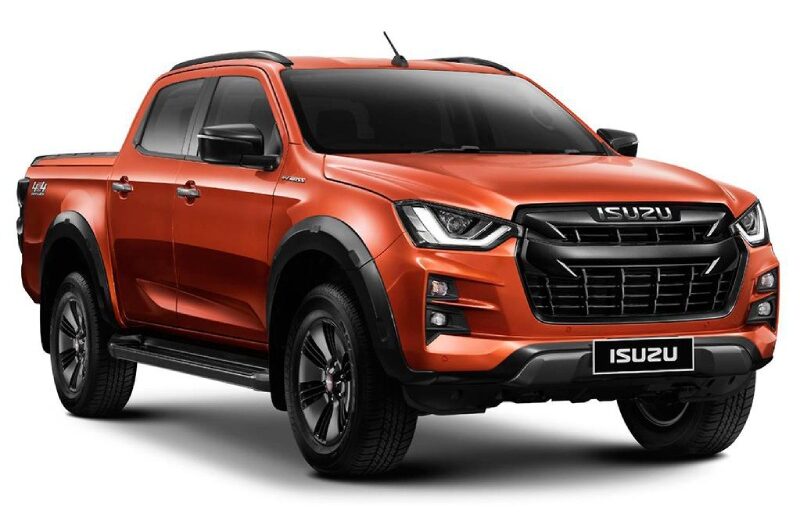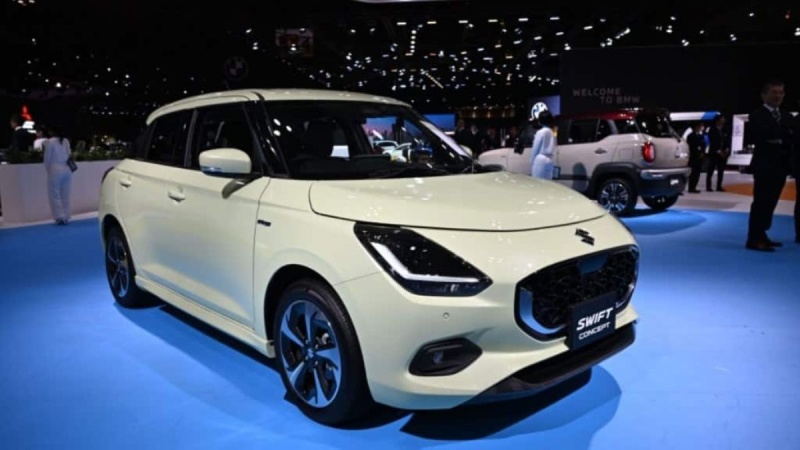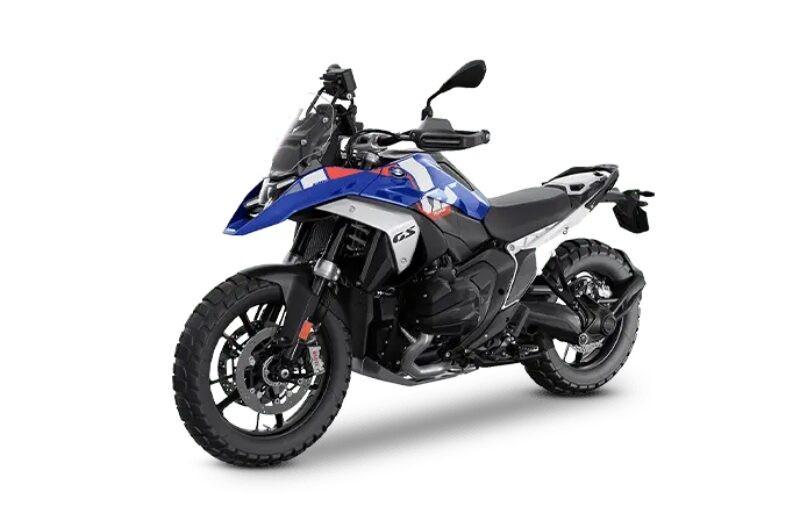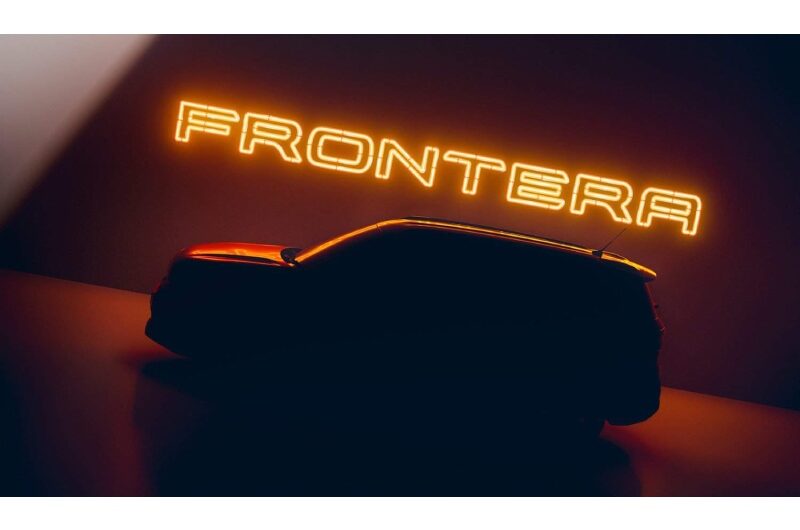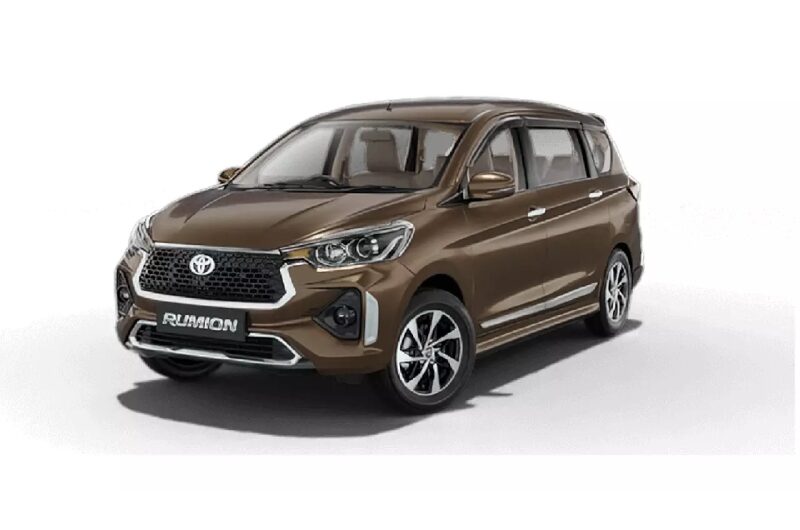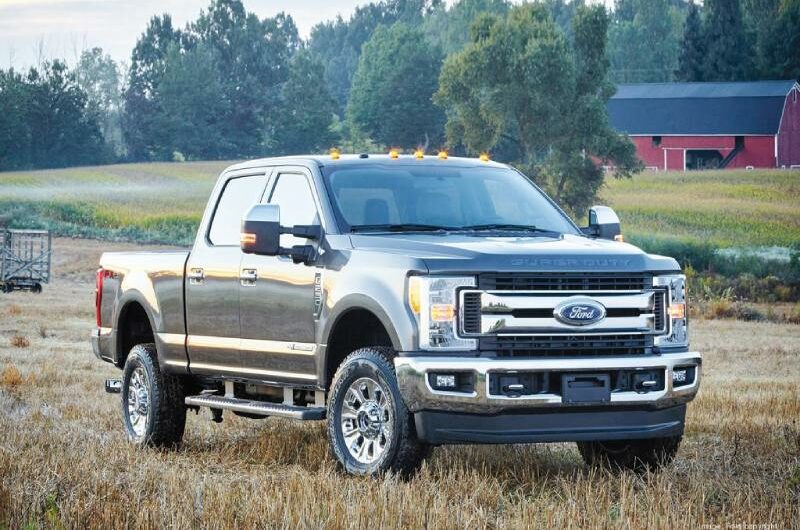Porsche’s first electric vehicle is undergoing a makeover to significantly increase its performance, driving range, and quick charging capabilities. With the updated Taycan sport sedan, Porsche aims to maintain its leadership position in the EV market as competitors gain larger batteries and better charging infrastructure.
The 2025 Taycan is available in two body types: the Cross Turismo wagon and the sports sedan. Both have four powertrain options, along with versions that can have both rear- and all-wheel drive. The sedans will go on sale this fall, with prices ranging from $101,395 to $210,995. Available later this fall, the Cross Turismo models have a starting price of $113,095 and go up to $213,695.
Two battery versions for the 2023 Taycan were available: 79kWh and 93kWh. Porsche has expanded its Performance Battery Plus package to include a 105kWh gross capacity battery for the 2025 model year. (The amount of usable capacity was not disclosed by the corporation.)
The 2025 Taycan, according to Porsche, will be among the fastest-charging EVs available, holding down the curve to travel from zero to eighty percent in just eighteen minutes. Compared to other EVs with 800-volt architectures, such as the Hyundai Ioniq 6 and Kia EV6, that is a few minutes faster.
In fact, the new Taycan will have a 50kW boost in power over the previous model while charging at 800-volt DC charging stations, reaching up to 320kW. In order to facilitate quicker charging sessions, a number of charging providers have started to erect stations across the nation that can deliver electrons at up to 350kW.
Even in colder temperatures, the new performance battery can sustain longer and greater rates of charging. In addition, Porsche offers a 150kW DC/DC converter as standard equipment for the Taycan, with the goal of optimizing charging speeds on 400-volt networks.
For the most part, the following will make the new Taycan more efficient than previous models:
- A pulse inverter that has been altered with better software
- stronger batteries
- Updated thermal control
- An advanced heat pump
- An adjusted recovery and all-wheel drive plan
Emphasizing the modified recovery is worthwhile. According to Porsche, the maximum recovery capacity has grown from 290 to up to 400kW, a more than 30% improvement when reducing from high speeds. Additionally, specifically designed 21-inch wheels with aerodynamically tuned tires and lower rolling resistance will be standard on all updated Taycan models.
Porsche is able to reduce the Taycan’s zero to sixty mph sprint time by significant seconds (or milliseconds) thanks to all of this increased economy. All models, according to the company, would be noticeably faster than their predecessors.
The rear-wheel drive Taycan, for instance, can now reach 60 mph from zero in 4.5 seconds, which is 0.6 seconds faster than previously. The new Taycan Turbo S sedan, on the other hand, will be able to reach 60 mph in just 2.3 seconds, which is 0.3 seconds faster than before. According to the manufacturer, this makes it “the quickest production car Porsche has ever offered to date.”
Fastest and “most potent,” as the business puts it. Launch control mode, for instance, adds 140kW to the Taycan Turbo S’s output. As a result, the highest model’s system output rises to 700kW, or 938 horsepower.
Additionally, Porsche is giving customers the option to add a “push-to-pass” button that can enhance power by up to 70kW for 10 seconds, or about 94 horsepower, in a move that looks to have been taken from the Fast & Furious movie franchise. Dear Toretto, eat my dust!
The updated Taycan features revised front fenders, headlights, and taillights in terms of design. Inside are brand-new door sill covers made of brushed aluminum. Additionally, you have the option of an interior made entirely of high-quality microfiber known as Race-Tex in place of the cow’s hide.
Although Porsche recently conducted range tests in Southern California with select media sources, during which one prototype drove an amazing 364 miles (587 km) on a single charge, the company is not yet releasing any official range estimations. (Patrick George of InsideEVs claims that the Taycan’s range in less than ideal circumstances, like as inclement weather, was approximately 300 miles.)
According to Porsche, the revised Taycan has “more deeply integrated Apple CarPlay into the vehicle displays and functions.” It appears that the Taycan will be the test vehicle for the recently immersive version of CarPlay, since Porsche has stated it will be one of the first manufacturers to do so. Video streaming is made possible on both the passenger and central displays via a new feature called “In-Car Video.”
Porsche claims to have produced about 150,000 Taycans since its 2019 launch; the US, Germany, China, and the UK are the leading markets for this high-end electric sedan.
The updated Taycan is sending out a message about what to expect from Porsche’s upcoming electric vehicle lineup. Later this year, the all-electric Macan SUV, a plug-in Cayenne, and electric 718 two-seaters are scheduled for release. Additionally, the carmaker has stated that it is developing a whole new electric SUV to complete the lineup.
Topics #Increased Range #Porsche Taycan #Quicker Charging